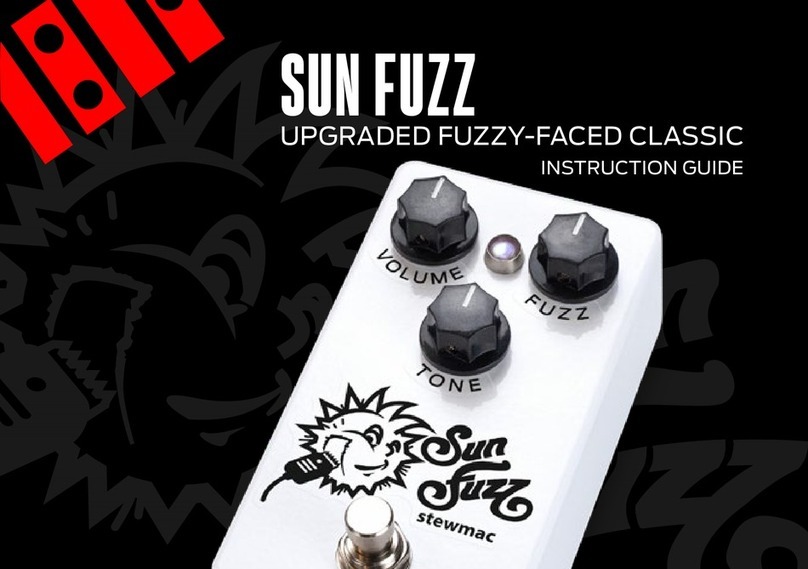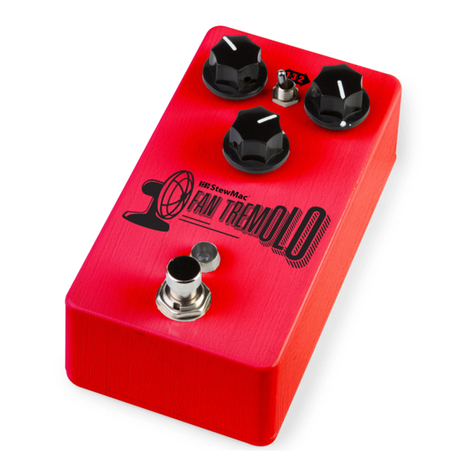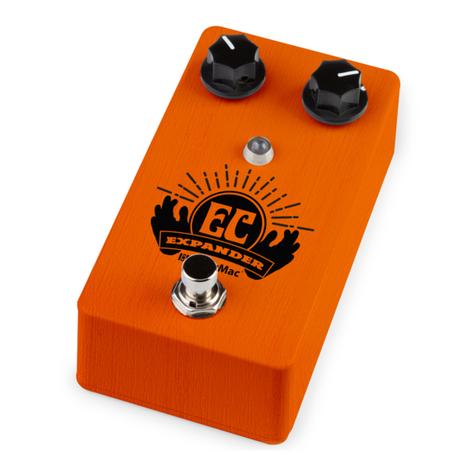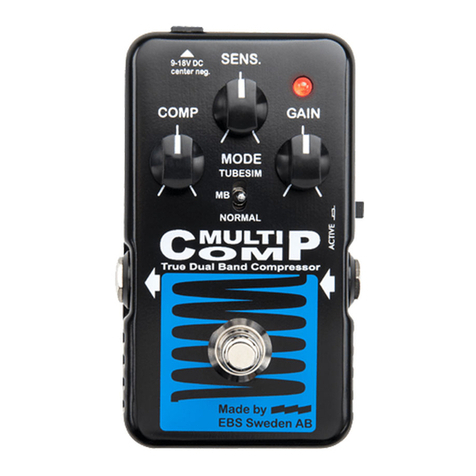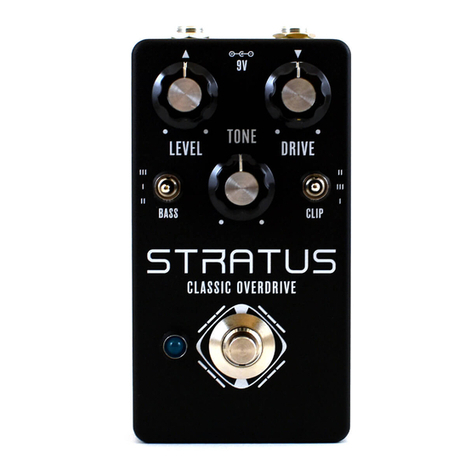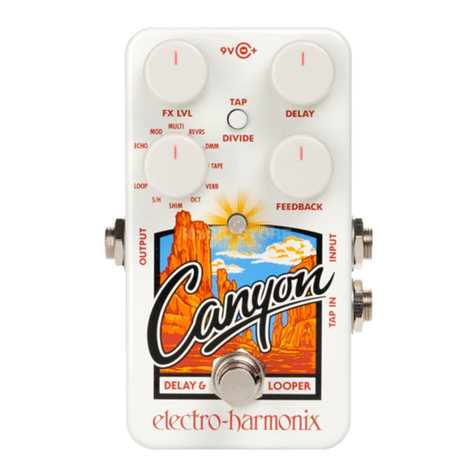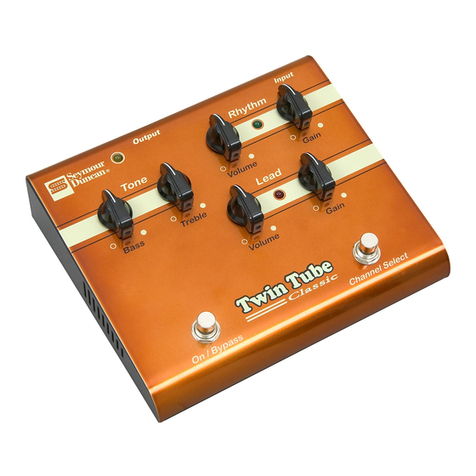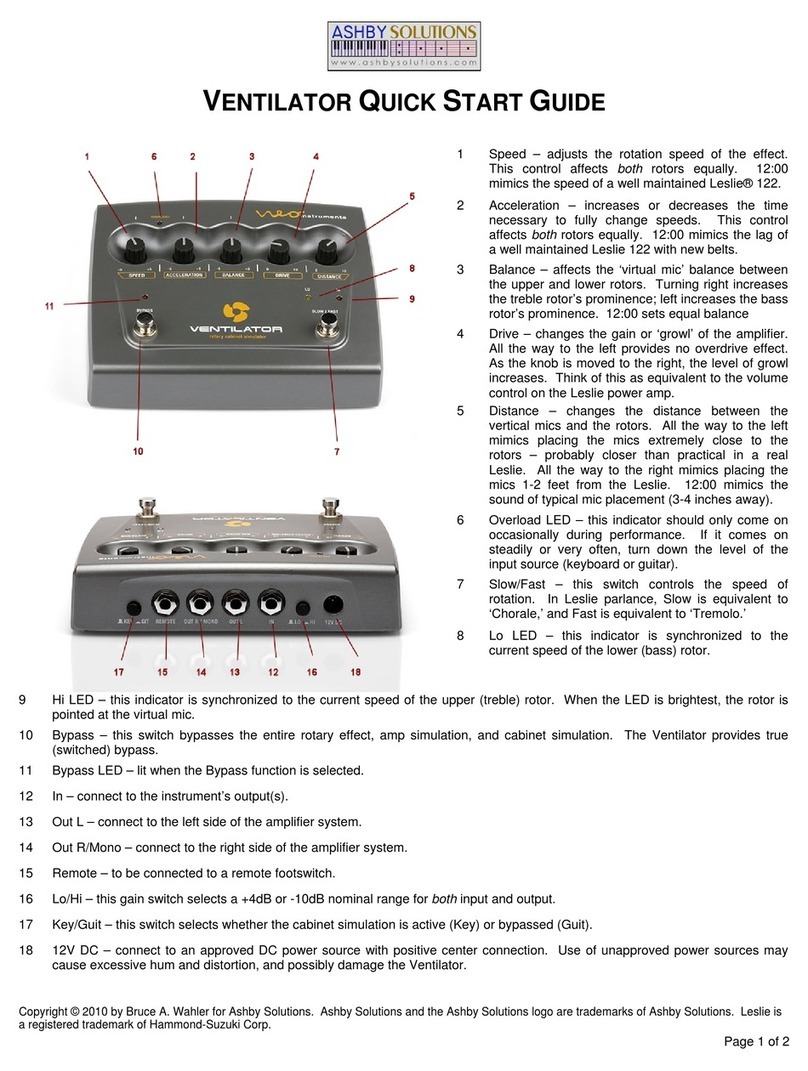StewMac MXR PHASE 90 User manual














Table of contents
Other StewMac Music Pedal manuals
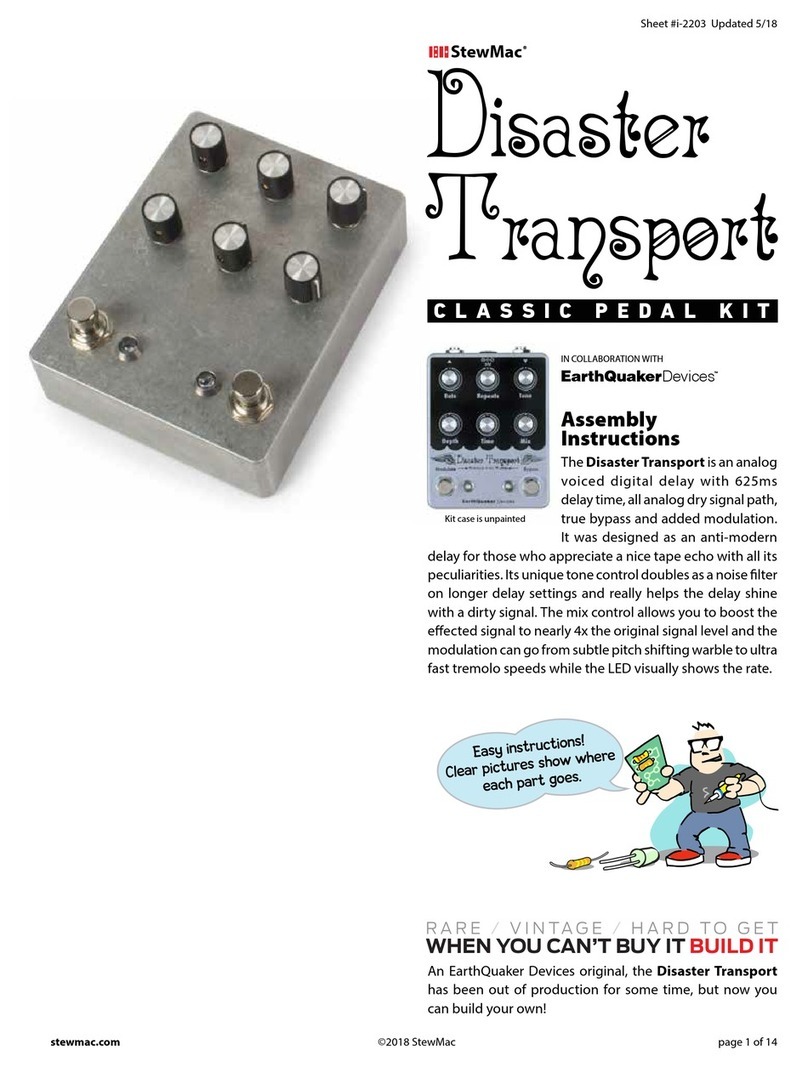
StewMac
StewMac Disaster Transport User manual

StewMac
StewMac Monarch User manual

StewMac
StewMac SWELL DRIVE Manual
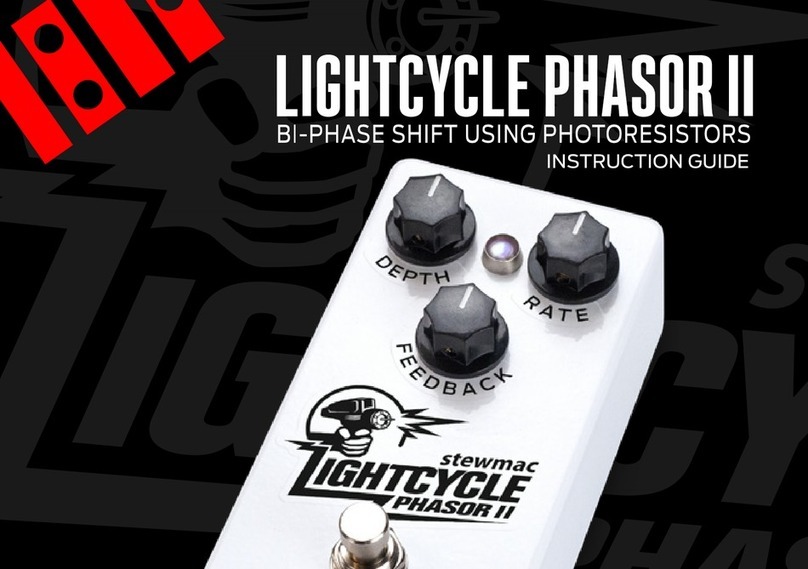
StewMac
StewMac LIGHTCYCLE PHASOR II Manual

StewMac
StewMac INTERVAL FUZZ Manual

StewMac
StewMac TWO KINGS BOOST DOUBLE-POWERED ROYAL TONE Manual
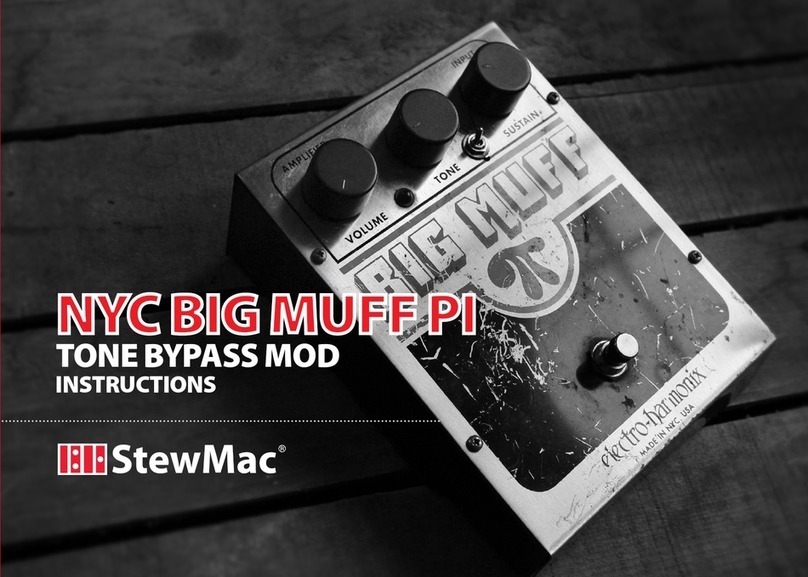
StewMac
StewMac NYC BIG MUFF PI User manual
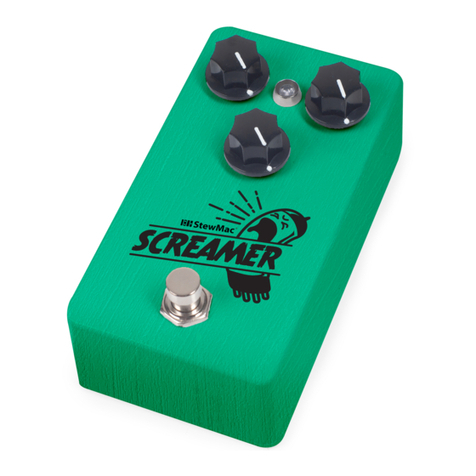
StewMac
StewMac SCREAMER Manual
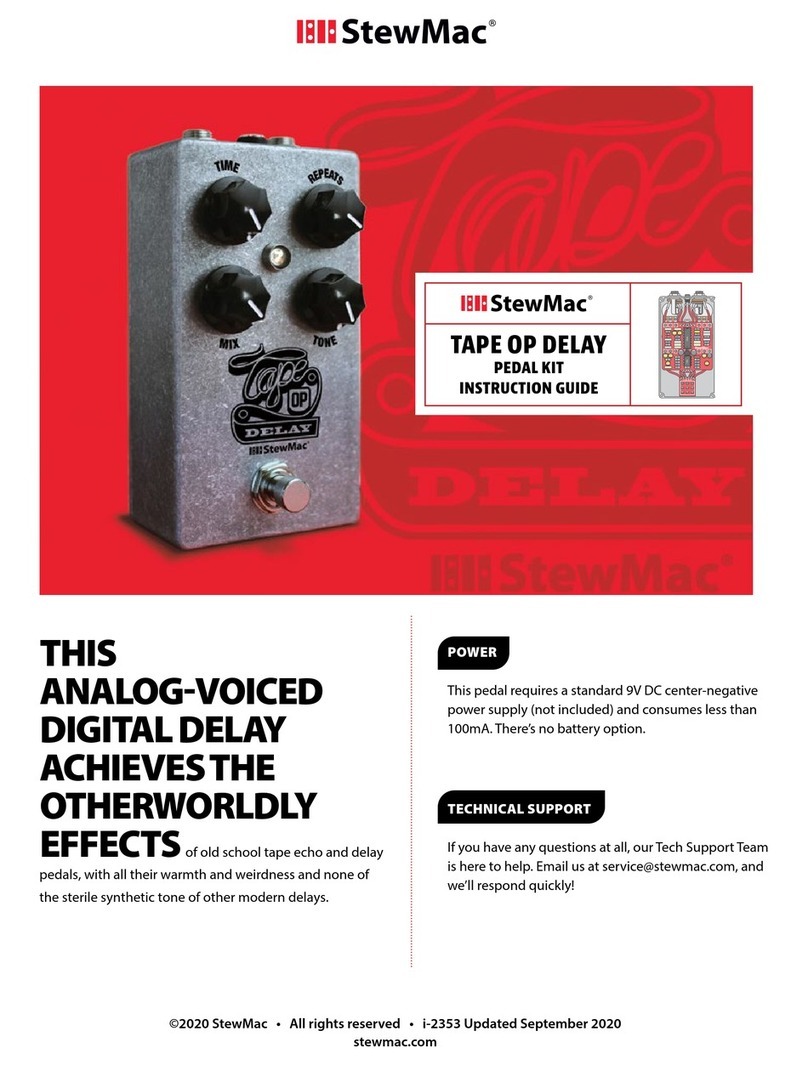
StewMac
StewMac TAPE OP DELAY Manual
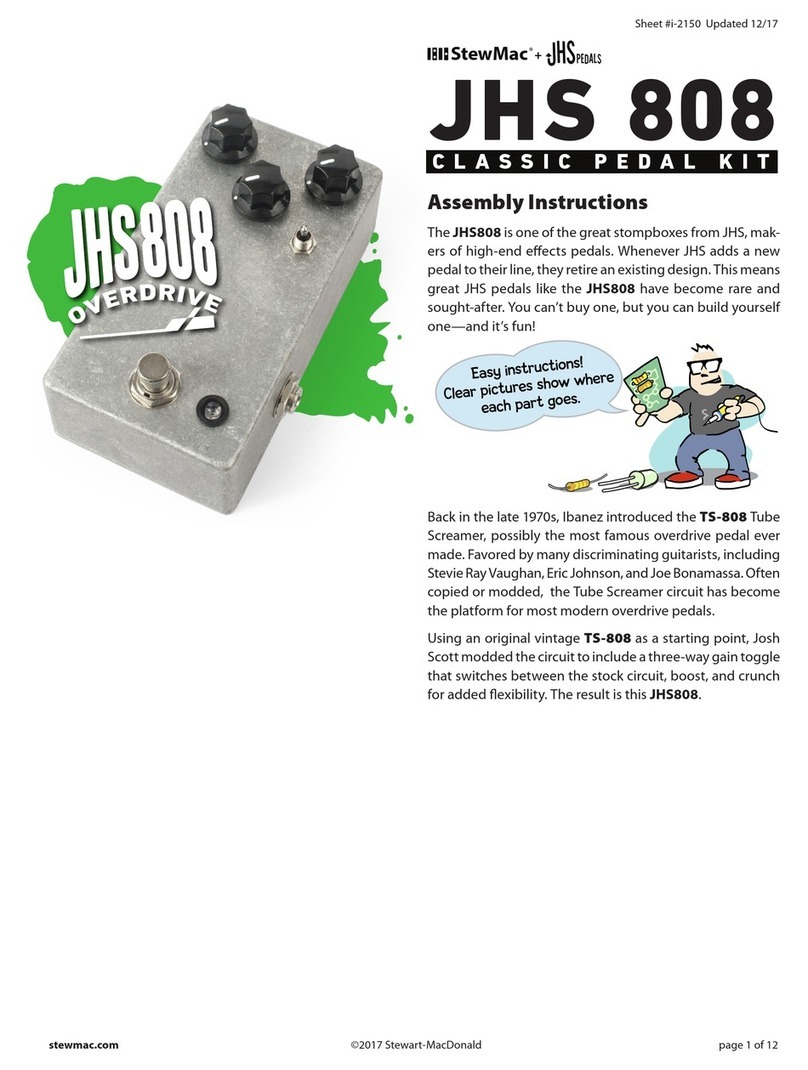
StewMac
StewMac JHS 808 User manual
Popular Music Pedal manuals by other brands
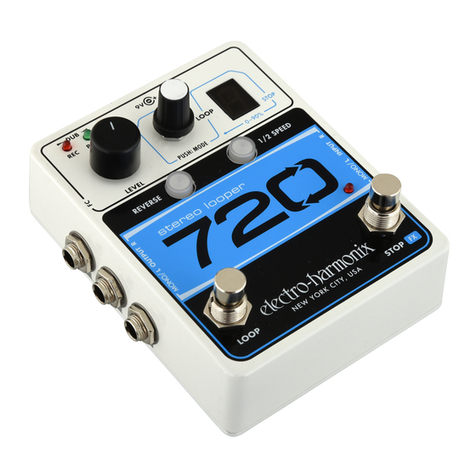
Electro-Harmonix
Electro-Harmonix 720 instruction manual
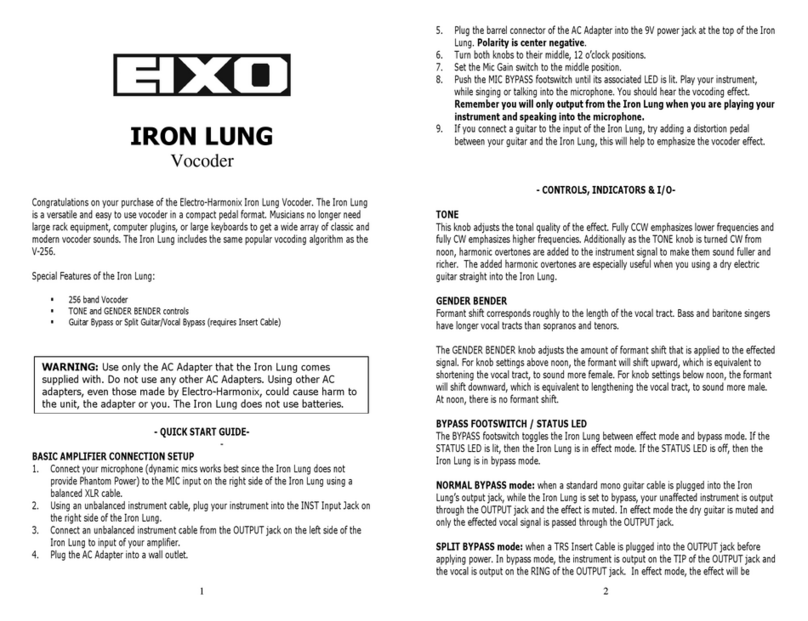
Electro-Harmonix
Electro-Harmonix Iron Lung instructions
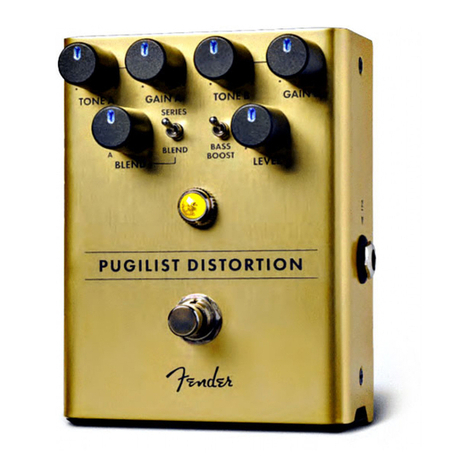
Fender
Fender Pugilist Distortion manual
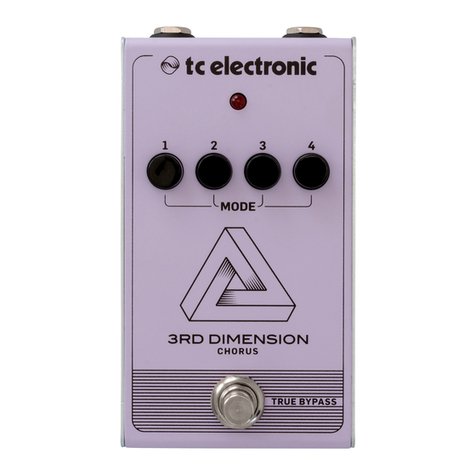
TC Electronic
TC Electronic 3RD DIMENSION CHORUS quick start guide
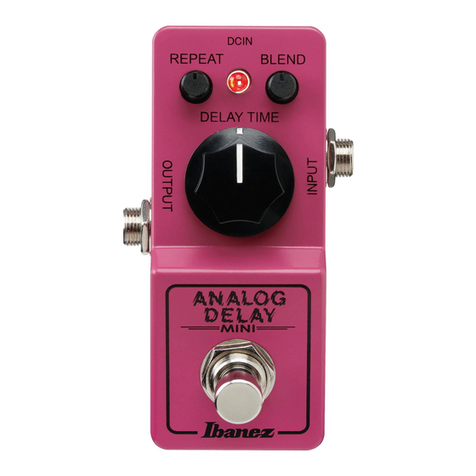
Ibanez
Ibanez Analog Delay Mini owner's manual

Darkglass Electronics
Darkglass Electronics Super Symmetry user manual
